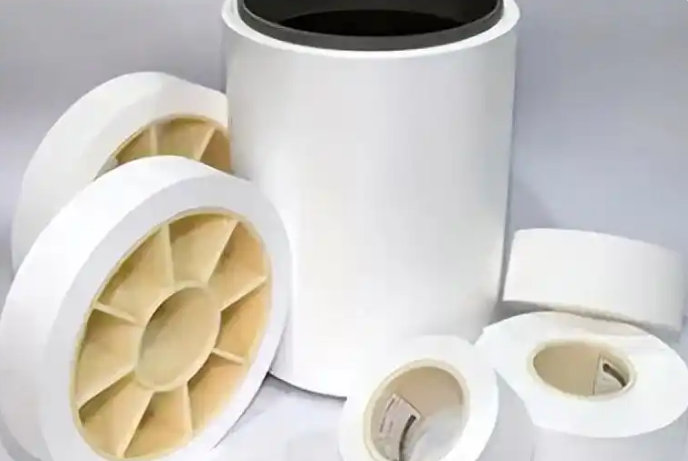How to evenly coat lithium battery separators?
Lithium battery separator is a thin film material used in lithium-ion batteries, mainly to isolate the positive and negative electrodes to prevent short circuits and allow lithium ions to be transmitted in the electrolyte. The separator is usually located between the positive and negative electrodes, serving as a transmission channel for electrolyte ions and preventing internal short circuits in the battery. The common separator materials for lithium batteries mainly include polypropylene film (PP film) and polyimide film (PI film), etc. These materials can meet the requirements of separators in lithium battery applications and have good electrochemical performance and thermal stability. With the development of lithium batteries and the annual increase in energy density of lithium-ion batteries, the amount of inactive substances is also decreasing, and the separator is getting thinner and thinner. The requirements for the performance of the separator, especially its safety performance, are getting higher and higher, which will pose a great challenge to the safety of lithium-ion batteries. Separator coating technology has become an effective way to significantly improve the safety performance of the separator.
At present, there are roughly five types of separators:
1. Special alumina coating: Applying a special alumina coating can enhance the temperature resistance and oxidation resistance of the base film, and improve the separator's resistance to lithium dendrites, dust and impurities.
2. Boehmite coating: Applying boehmite coating can enhance the temperature resistance and oxidation resistance of the base film.
3. Aramid coating: Applying aramid coating can enhance the oxidation resistance, electrolyte wettability and temperature resistance of the base film.
4. Polyvinylidene fluoride or PMMA coating: The application of polyvinylidene fluoride or PMMA coating serves as a bonding function between the diaphragm and the electrode sheet, enhancing the high-pressure resistance of the base membrane.
5. Coating with polyvinylidene fluoride or a mixed coating of PMMA and alumina: It can serve as a bonding function between the film and the electrode sheet and enhance the high-pressure resistance of the base film.
Different coatings have different functions. Currently, the diaphragms of alumina ceramics sprayed by YMUS ultrasonic waves have been stabilized and mass-produced. Performance tests on ceramic diaphragms have shown that the ceramic coating significantly improves the liquid absorption and retention properties of the diaphragm, thus demonstrating excellent cycling performance. The alumina ceramic coating provides a framework for the flexible separator, enhancing its wear resistance, preventing lithium dendrite penetration, reducing thermal shrinkage, improving temperature resistance, and stabilizing the pores with temperature changes, which can effectively improve the safety performance of the battery.



